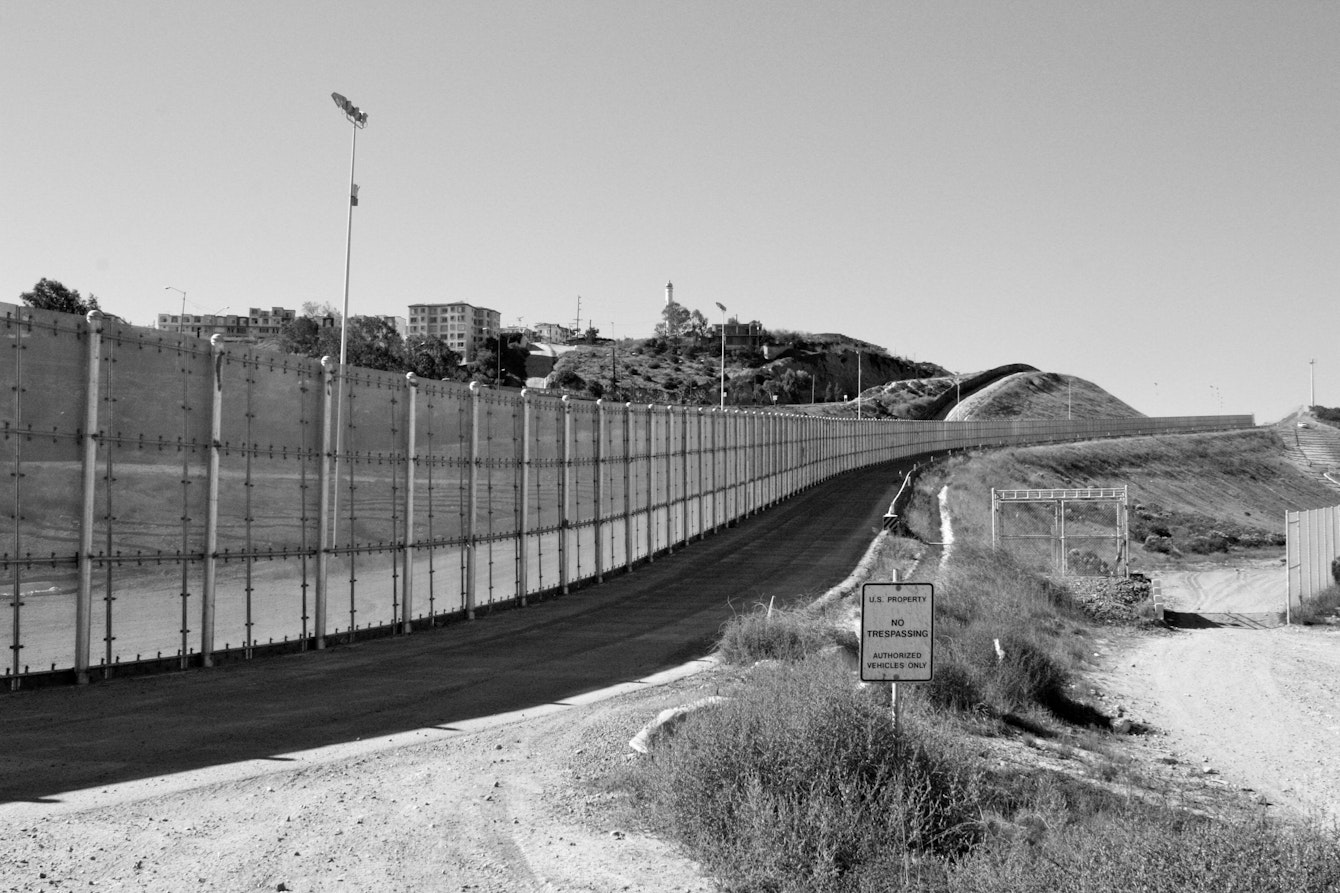Behind the Headlines: A Leadership Vacuum at Border Patrol Exposes Flawed Migration Management Strategy
Share

Last week, President Biden and Donald Trump made separate visits to the border, highlighting the political importance of an issue that 80% of Americans say the U.S. government is doing a bad job handling: the arrival of migrants at the U.S.-Mexico border.
It’s no secret that the United States, just like other wealthy nations around the world, is seeing record numbers of people arriving at its borders. Many of those people are fleeing persecution, natural disasters, armed conflict, and economic desolation. And harsh deterrence policies like detention and immediate expulsion can’t eliminate those push factors, as current border numbers make abundantly clear.
The United States could invest in fair and efficient solutions to manage large migratory flows, an essentially logistical challenge. Instead, it is misusing the U.S. Border Patrol as a first responder to that challenge.
Now, a leadership vacuum at Border Patrol is exposing how current U.S. policy works to turn a difficult situation into a human rights crisis. Last week, the second-highest-ranking official at Border Patrol quit after being suspended over allegations of sexual misconduct while engaged in official duties. The resignation came just days after the Border Patrol Academy Chief was also suspended due to allegations of misconduct. And in January, Border Patrol’s acting chief of law enforcement operations resigned amid allegations of improper conduct with women, including subordinates.
Why the U.S. Border Patrol’s Leadership Vacuum Matters
Today, U.S. Customs and Border Protection, or CBP, faces extraordinary pressures in managing record numbers of arriving migrants. But its history of high profile misconduct and human rights abuses stretches back decades.
Recent examples of CBP misconduct include:
In February 2024, Robert F. Kennedy Human Rights, the National Immigration Project of the National Lawyers Guild, and the American Civil Liberties Union of Louisiana (ACLU-LA) filed a federal lawsuit on behalf of an unaccompanied child unlawfully held for months in an adult immigration detention center after CBP agents coerced him into falsely confessing that he was over 18, one of over one hundred cases of child coercion currently under investigation by the Department of Homeland Security’s Office for Civil Rights and Civil Liberties.
A lawsuit filed in February 2024 describes how Border Patrol agents expelled four asylum-seeking mothers and their newborn U.S. citizen children from a San Diego County hospital, a day after the mothers gave birth, without even permitting them to fill their prescribed pain medication.
Robert F. Kennedy Human Rights and the Haitian Bridge Alliance released a report in 2022 exposing the full scope of CBP abuses in the summer of 2021 against thousands of Haitian and other Black asylum seekers held in open-air cages in Del Rio, Texas, subjected to violence, racial slurs, and intimidation, and denied sufficient access to food, water, and medical care.
In 2022, reports emerged that CBP agents were celebrating abuse of Haitian migrants by trading a commemorative coin with the words “whipping ass since 1924” and “deflecting allegations for years” alongside a CBP agent brandishing horse reigns against a Haitian migrant gathering food and supplies for his family. Disturbingly, these so-called “challenge coins” are regularly traded by CBP enforcement officers as a morale booster.
What Can Be Done?
Reliance on CBP to control migratory flows increases human rights abuses and doesn’t work to reduce border pressure. But there’s strong evidence that opening additional paths to legal immigration decreases numbers at the border.
The Biden administration decreased border encounters of Ukrainians, Venezuelans, Cubans, Nicaraguans, and Haitians by 95% or more in the initial months after it opened a legal immigration channel for those nationalities through humanitarian parole. Other solutions include expanding flexible labor immigration options.
Neither of these measures is a substitute for the human right to seek asylum. But they would help to ease pressure on the under-resourced U.S. asylum system, an immigration pathway that fulfills moral and legal commitments and that has brought over 123 billion dollars in economic benefit to the U.S. economy over the last 20 years alone.
The U.S. can show the world that fairly and efficiently managing border flows and protecting human rights aren’t at odds. It just requires the courage to try something new.
Help Us Protect Human Rights
Please give now. Your contribution will make a difference in the critical effort to achieve equal rights for all.